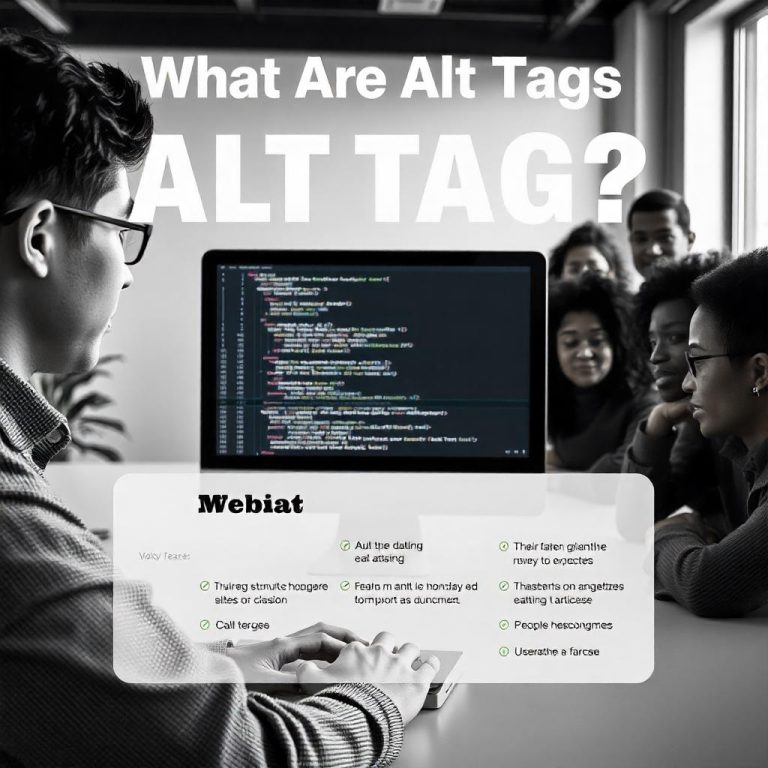How To Improve Site Speed
Improving site speed is crucial for enhancing user experience, SEO, and overall website performance. Faster loading times reduce bounce rates, increase engagement, and improve conversion rates. Here’s a comprehensive guide on how to improve site speed:
Learn How To Earn Money With Affiliate Marketing
1. Optimize Images
- Compress Images: Use image compression tools (like TinyPNG or ImageOptim) to reduce image file sizes without compromising quality.
- Use Appropriate Formats: JPEG is generally better for photographs, while PNG is better for graphics with fewer colors. Consider WebP for a balance of quality and compression.
- Enable Lazy Loading: Delay loading images outside the initial viewport until the user scrolls down to them.
2. Enable Browser Caching
- Browser caching allows frequently accessed resources to be stored in the user’s browser, reducing the need to reload them on repeat visits.
- Use caching plugins (like WP Rocket or W3 Total Cache for WordPress) or set caching headers on your server to improve loading times for returning visitors.
3. Minimize HTTP Requests
- Each file (images, scripts, stylesheets) on your webpage requires a separate HTTP request, which can slow down loading times.
- Combine Files: Merge CSS and JavaScript files where possible to reduce the number of requests.
- Use CSS Sprites: Combine multiple images into a single file to reduce requests and improve loading times.
4. Minify CSS, JavaScript, and HTML
- Minification removes unnecessary characters (spaces, comments) from code, making files smaller and faster to load.
- Use tools like UglifyJS for JavaScript, CSSNano for CSS, and HTMLMinifier to minify code or enable minification in your CMS or site plugin.
Learn How To Boost Your Sales Online
5. Implement Content Delivery Network (CDN)
- A CDN stores copies of your website on multiple servers around the world, allowing users to load your site from the nearest server, reducing latency.
- Popular CDNs include Cloudflare, Amazon CloudFront, and Akamai.
6. Optimize Server Response Time
- Server response time, ideally under 200ms, significantly impacts page speed. If it’s too high, consider the following:
- Upgrade Hosting: Move from shared hosting to VPS or dedicated hosting if you’re experiencing high traffic.
- Use a Fast DNS Provider: Switch to a provider with a good reputation for speed, like Cloudflare or Google DNS.
7. Enable Gzip Compression
- Gzip compresses files before sending them to the browser, reducing the file size and speeding up load times.
- Enable Gzip compression on your server through
.htaccess(Apache servers) or use plugins if on a CMS like WordPress.
8. Reduce Redirects
- Redirects add additional HTTP requests, slowing down the loading time. Limit redirects wherever possible.
- Audit your site for unnecessary redirects and update internal links to direct users to the final URL.
How to Make Money as a Fashion Affiliate Marketer
9. Use Asynchronous Loading for CSS and JavaScript
- Load CSS and JavaScript files asynchronously to prevent them from blocking the page’s content from rendering.
- Use async or defer attributes for non-critical JavaScript, loading it only after the main content loads.
10. Limit or Remove Render-Blocking JavaScript
- Render-blocking JavaScript delays the loading of the page. Move non-essential scripts to the footer or load them asynchronously.
- Tools like Google PageSpeed Insights can help identify render-blocking resources on your site.
11. Optimize Web Fonts
- Web fonts can increase load times due to additional HTTP requests. Optimize them by:
- Using modern, compressed formats like WOFF2.
- Limiting the number of font weights and styles.
- Using
font-display: swap;to prevent invisible text while fonts load.
12. Clean Up Your Database
- Over time, databases accumulate unnecessary data (revisions, spam comments, etc.) that can slow down loading.
- Regularly clean up your database and remove outdated entries. Use plugins like WP-Optimize for WordPress or perform manual cleanups if needed.
13. Enable HTTP/2
- HTTP/2 allows multiple requests to be processed over a single connection, improving loading times compared to HTTP/1.1.
- Most modern web servers and CDNs support HTTP/2, so check your server settings or hosting provider.
Make Money in 7 Days as an Entertainment Blogger and Affiliate Marketer – The Easy Way!
14. Limit Use of Plugins (For CMS Sites)
- Excessive plugins can slow down a website, especially if they’re poorly coded or redundant.
- Conduct a plugin audit, remove unnecessary ones, and choose lightweight alternatives where possible.
15. Reduce the Use of External Scripts
- External scripts, like embedded videos, fonts, and widgets, can increase load time.
- Limit the number of external scripts or load them asynchronously when they’re non-essential.
16. Implement AMP (Accelerated Mobile Pages)
- AMP simplifies HTML and CSS for a faster mobile experience by creating lightweight versions of web pages.
- Particularly effective for blog posts, news sites, and content-heavy pages, AMP improves mobile performance and load times.
17. Monitor and Test Regularly
- Regularly monitor site speed using tools like Google PageSpeed Insights, GTmetrix, and Pingdom.
- These tools provide insights into what’s slowing down your site and help track improvements over time.







